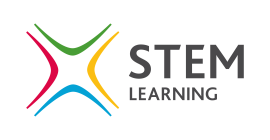- View more resources from this publisher
 National STEM Learning Centre and Network
National STEM Learning Centre and Network
Homes 2030-1
This resource forms part of the Clean Growth resources from the Grand Challenges resource collection. The introductory video can be found here.
In the Homes 2030 activity students will consider the requirements of new homes and how to make them more energy efficient. Once again this builds on the Building Busters and Energy Hacks activities and is aimed more at 14-16 year olds. The activity firstly looks at lighting requirements needed in new homes and then investigating which are the best bulbs to be using. Do we need halogen lights in each room, are energy saving bulbs the best as they take some time to brighten up?
Students will also look at how we heat our homes, and see if the common method of a gas boiler heating water is the best idea, especially considering that from 2025 mains gas shouldn’t be used for this purpose…so what’s the best alternative?
Students will also look at insulating beakers of water using items like bubble wrap, tin foil or other alternatives. What should we be using in the walls of our new homes to keep them warm in the winter, yet cool in the summer? This activity should leave those who undertake it with a deeper understanding of how physics can help us make informed decisions about how our houses are built in the future.
Show health and safety information
Please be aware that resources have been published on the website in the form that they were originally supplied. This means that procedures reflect general practice and standards applicable at the time resources were produced and cannot be assumed to be acceptable today. Website users are fully responsible for ensuring that any activity, including practical work, which they carry out is in accordance with current regulations related to health and safety and that an appropriate risk assessment has been carried out.




